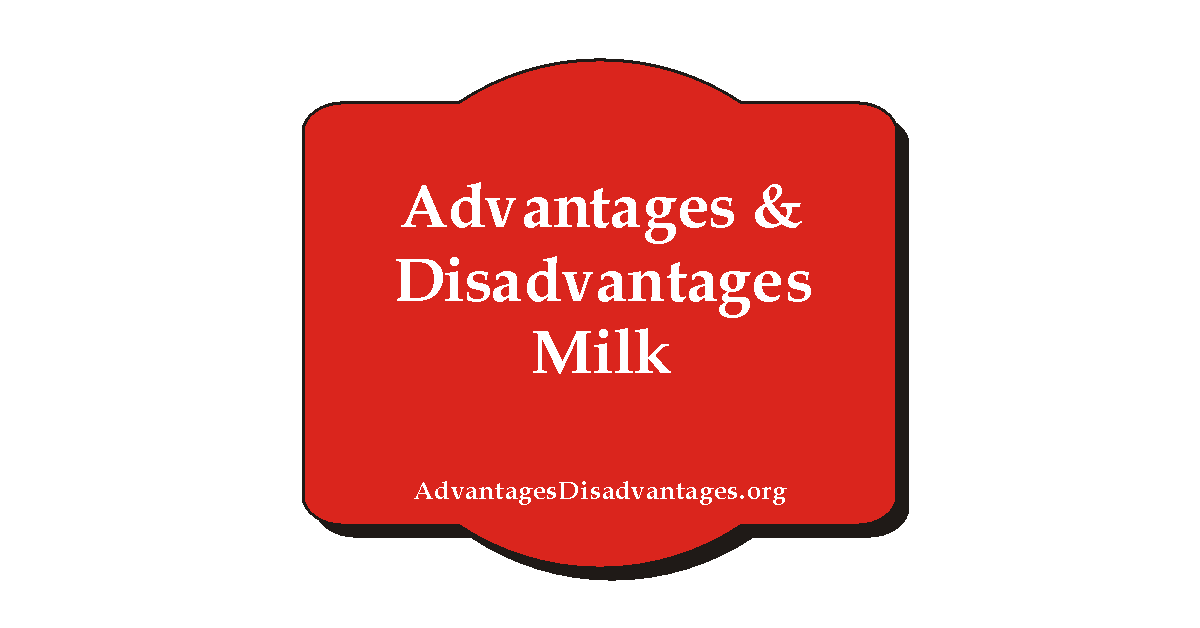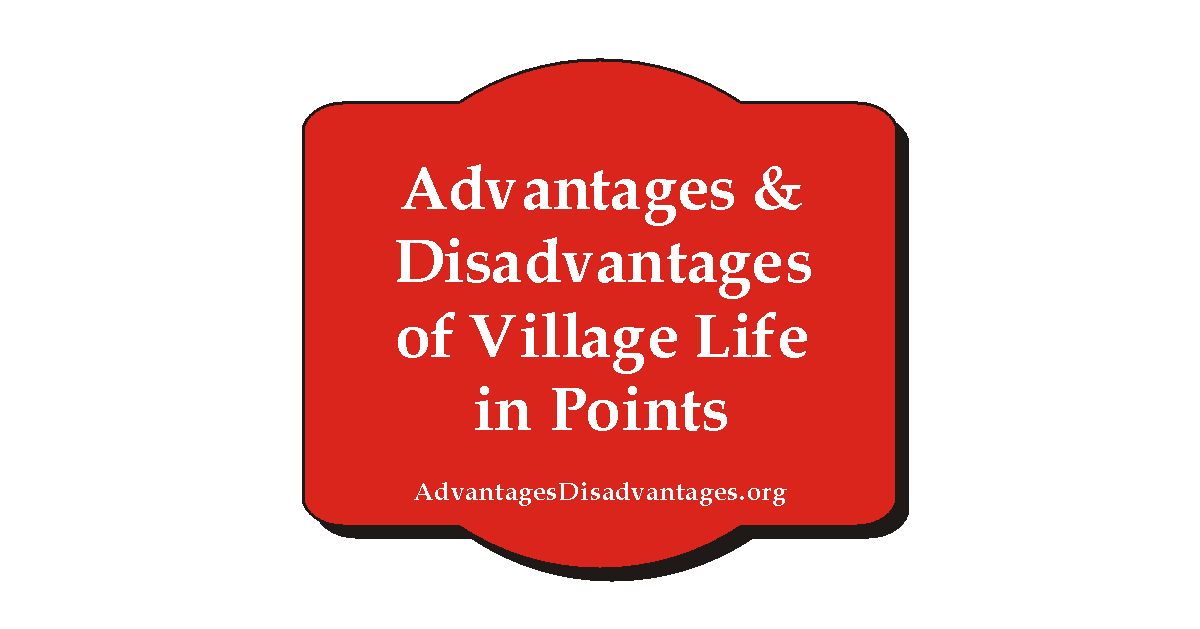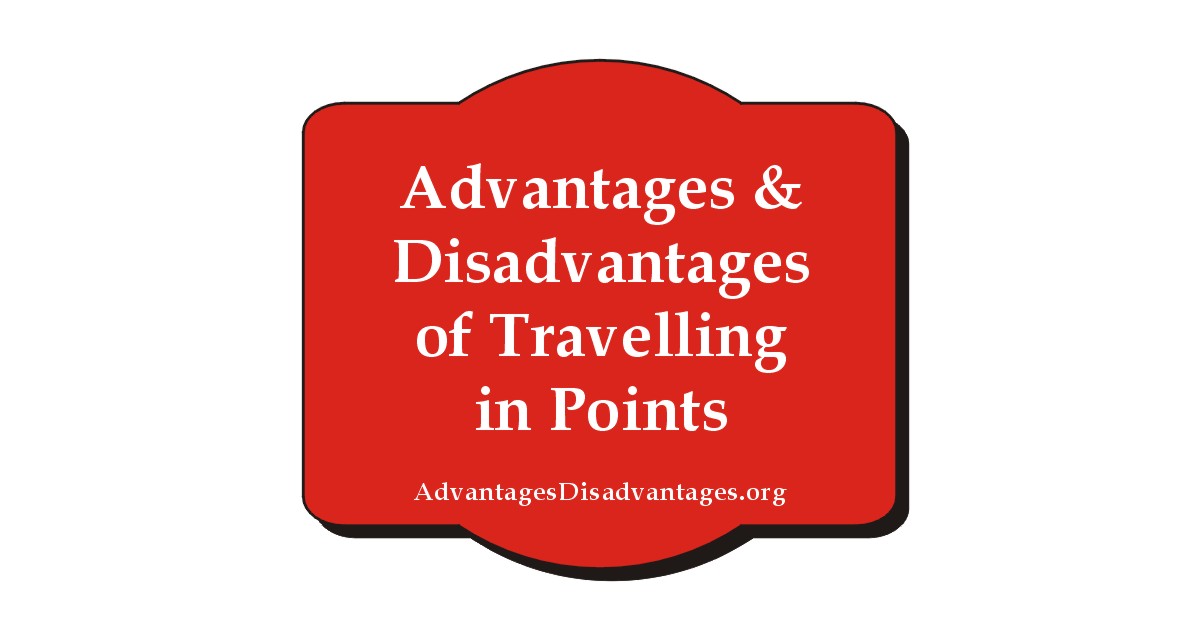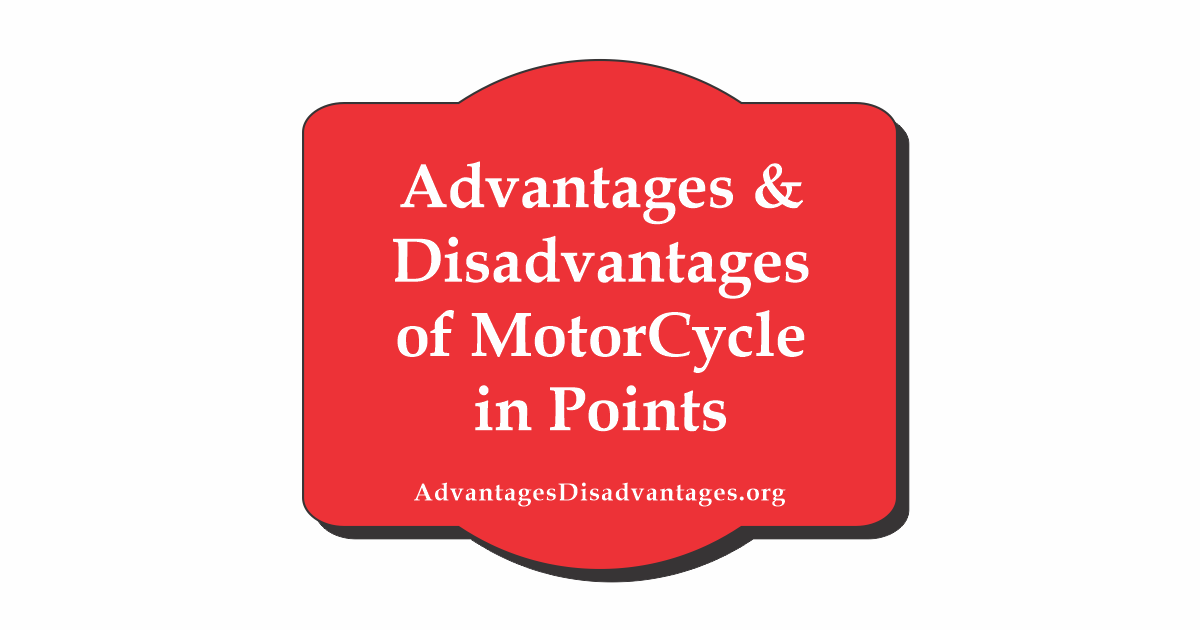Education
What lessons can nursing students learn from history’s greatest nurses?

It’s safe to say we’re all aware of nursing’s extensive history. Modern medicine might have “modern” in its name, but it’s come a long way since its humble beginnings. Thanks to hard-working nurses over centuries of experimental care, we can now treat once-deathly diseases with confidence and care.
In fact, we can’t just lay medical success at the door of medicine and pharmacy. While our pharmacists, past and present, are crucial assets to our care systems the world over, so are our nurses and physicians. There are even several famous nurses many of us remember by name. But what lessons can we actually learn from some of these historical greats?
In this guide, we’ll look at some of the more famous names in nursing over the years and will consider ways in which nursing students can apply their legacies to their own learning strategies and experiences moving forward.
Why should nursing students learn from historic nurses?
We’re not about to dispel the fact that prospective nurses need a firm rooting in medical education to succeed in their given career path. In fact, it’s necessary in this day and age. However, they can also supplement hands-on learning and modern principles by looking carefully into the past.
Nurses such as Florence Nightingale, who may have treated patients many years before the advent of modern healthcare technology, helped shape how we treat specific cases. It wasn’t so much the tools that Nightingale had at her disposal, however, but her methodology and techniques that remain so impressive.
When you enroll in an MSN program with Texas Woman’s University, for example, you’ll get the chance to learn from other people’s experiences. The online MSN-FNP program from Texas Woman’s University has preceptors to work with you for the clinical portions of the nursing program. The course will take 2 – 3 years to complete, depending if students work on it full time or part time, and will provide skills and experience as they begin their nursing careers.
What is mentorship in nursing? These are opportunities where you pair you up with nursing staff with demonstrable success in their careers and help students to learn all about nursing.
While Florence Nightingale might not be around to guide you through how she would handle specific cases and approach patients, you can still apply her techniques and insight on the modern stage. At its core, nursing is all about people – not so much about processes.
When starting a nursing degree or similar, you’ll soon find that this idea of humanity still runs core to the profession. So, to run alongside your nursing studies and on-the-job experience, what lessons from history’s greatest nurses can you compliment your knowledge with?
Breckenridge showed us that nursing goes “beyond the hospital”
Mary Breckenridge is perhaps most famous for having founded the Frontier Nursing Service, or the FNS, back in 1925. This service helped ensure people in communities beyond the far reaches of Kentucky’s mountains received the care and support they needed.
To this day, millions of people are still unable to access hospital and nursing support in central city and town locations. Breckenridge realized – and showed us all – that nursing needs to “open up” beyond the basic confines of any given hospital or clinic. Thanks to her, we have the concept of public health, with community health following alongside.
Breckenridge also helped nurses find work opportunities in niches and specialisms within healthcare that might not always have been so obvious or even so available to the masses. In particular, she raised public awareness of the need for more supportive midwifery services, supporting both women in dire need of childbirth assistance and nurses who wished to specialize.
Breckenridge’s own family story is tragic, with the nurse and reformer having lost two of her own children before they had a chance to grow up. However, she took her experience and her research of Kentucky’s rural areas to ensure fewer women went through similar heartbreak.
Sanger showed us the importance of midwifery care.
Similar to Breckenridge, Margaret Sanger was fiercely determined to bring changes to how women accessed and received medical care across the US. Starting as a visiting nurse, Sanger noted that many women ended up pregnant without wishing to be – and therefore took a stand to help promote safer birth control methods.
Sanger became an educator on women’s rights in terms of access to contraceptives that were safe and legally available. Given the US’ controversial relationship with abortion rights across the decades (and even now), she was seen as something of a social pariah by those who wished to protect the sanctity of conception and childbirth.
Thankfully, Sanger was able to continue promoting safe birth control to the US, eventually opening the first clinic in her home country by 1916. This resulted in her arrest, with Sanger later heading to Europe to continue raising awareness and garnering support. She was a pivotal name in the foundation of the International Planned Parenthood Federation.
By 1965, Sanger’s work resulted in the production and legalized distribution of birth control medication across the US. While the Supreme Court has since made sweeping changes to abortion rights via their treatment of Roe v. Wade in recent years, it’s plain to see that Sanger is one of history’s most important nurses.
Today’s nurses can learn from Sanger that there’s nothing they can’t or shouldn’t stand up for. Her specialization and research, combined with her compassion for fellow women, led to enormous changes felt across the globe.
There is no telling which seismic changes are due to occur in nursing next. Modern nurses can take heart from Sanger’s example that if you believe in a cause enough, it’s worth fighting as hard as you can to see it through. Medicine has changed hugely since Sanger’s time, but it’s fascinating to see just how much weight and power her influence carried.
Nightingale encouraged us to put patients first
In the modern age, putting patients’ needs first is something of a foregone conclusion. After all, it’s a nurse’s job to ensure that their patients receive the care and support they need to recover and lead healthy lives once again.
However, there was a period during which our hospitals and medical facilities were far from safe for patients to reside in. While there are still controversies occurring globally regarding clinical hygiene, the hospitals in Florence Nightingale’s time were of a completely different ilk.
There are many great lessons we can learn from Florence Nightingale. She’s still probably the first name people think of when asked to name a famous nurse. However, it’s her focus on cleanliness and patient needs beyond medical care that continue to promote her esteem.
Notes on Nursing is Nightingale’s famous book that offers insight and advice on healthcare and patient support from a 19th-century perspective. Despite being published back in 1859, Nightingale’s notes still resonate to this day.
For example, Nightingale insisted upon natural light in treatment spaces and more room for patients to recover. She insisted upon making patients’ recoveries more pleasant by improving the sanitation of their treatment spaces and to ensure they had adequate food and water.
Thankfully, all of these points are moot for many of us lucky to live in countries with clean, fully equipped hospitals and clinics. Nightingale’s lesson for nurses here is that you shouldn’t just look at a patient’s immediate recovery from symptoms but also their experiences during treatment. If left to suffer in a dank, unpleasant and unsanitary space, patients are only likely to suffer more.
Nightingale’s notes have helped shape Western medicinal standards and provide nurses with an understanding of why surroundings and care standards directly impact on patients’ recovery speeds. Her Notes on Nursing remains perhaps one of the most vital pieces of medical training literature nurses can access to this day.
Seacole helped to change the way we see medicine
Mary Seacole was a pioneering nurse who worked during the same time period as Florence Nightingale. Seacole was rejected from Nightingale’s hospital due to the prominent racist attitudes of the period, but she still left a hugely important legacy that all nurses can learn and take inspiration from.
Seacole’s legacy revolves around pioneering in medicine. From an early age, she would learn from her doctor mother about how to treat certain wounds, illnesses and ailments. Since Seacole was barred from working in many hospitals due to her skin color, she set up a hostel of her own and frequently worked between her home of Jamaica and London, England, to help influence healthcare for the better. Seacole would later go on to work as a nurse during periods of rampant sickness across the globe, where deadly conditions such as typhoid and cholera were widespread.
While these diseases are no longer as much of a concern as they were during Seacole’s time, it is partially thanks to her development of “home remedies” that we are now able to treat such conditions with confidence.
For example, Seacole would devise medicinal treatments from natural plants and spices, which often proved to help soothe the nastier symptoms of highly contagious conditions. It’s likely that Mary Seacole helped influence the natural remedy movement, which continues to be popular to this day.
However, beyond medicine and specific treatments, nurses can also learn about the importance of research from Mary Seacole’s life and career. Without her approach to trying home remedies and natural treatments, we may not be so far advanced in healthcare as we are.
What’s more, Seacole’s story is inspiring to those nurses who want to go beyond simply treating people. It inspires nurses to think beyond their traditional means and to look beyond basic treatments to help patients recover. This doesn’t mean taking senseless risks, of course, but it does mean taking initiative and thinking on one’s feet, critically, when cases call for it.
Seacole’s book, The Wonderful Adventures of Mrs. Seacole in Many Lands, is an autobiography that explores some of the nurse’s amazing achievements.
Barton put care and selflessness first
Modern nursing ethics and principles largely revolve around the idea of selflessness, and while this has always been a central premise in the profession, it’s in part thanks to Clarissa Harlowe Barton that the humanitarian side of nursing is so embedded in the culture.
Barton, initially working as a teacher in the American Civil War, turned her attention to nursing during the rise of the Baltimore riots, where she would work with ambulances and aid victims caught in the crossfire. Barton also provided a vital service in helping to locate men missing in action, which in turn helped gain her the name “Angel of the Battlefield.”
Beyond the Civil War, Barton realized a global need for nursing efforts outside of the US. Realizing a growing need for emergency care in disaster zones as well as during battle scenarios, she would establish both the American Red Cross and expand her services into the International Red Cross. Barton’s influence would lead to Red Cross supporters carrying special nursing kits with them in all that they did.
So, what can modern nurses learn from Barton’s example? While no one is likely to re-establish an organization such as the Red Cross for the sheer sake of doing so, Barton’s selflessness and insistence upon helping those in dire need prove highly inspirational.
When nurses first graduate, they may worry how they’ll be able to show selflessness and dedicate themselves completely to patients’ causes, given the variety of ailments and maladies that may be present.
However, new nurses can look carefully at Barton’s life and story and be inspired to apply themselves fully to their work. Barton may not have been an advocate of working to the point of illness, of course, but her legacy is still one of tirelessness. It’s incredible what certain people have been capable of over the years!
Richards emphasized the importance of education
While many nurses will emphasize how important hands-on experience is when it comes to developing their skills in healthcare, education – even in the basic principles – is just as vital. Malinda Judson Richards, who worked as the very first female nurse trained in the US, offers one of the best examples of why nurse training remains so important even as the decades roll by.
Richards initially worked as a hospital maid and would eventually graduate via a nurse training program in 1873. This would lead to her taking up the position of a record-keeper at Bellevue in New York City. She wouldn’t stop there, however. Richards would then go on to boost her nursing knowledge further by studying overseas at both Edinburgh’s Royal Infirmary and King’s College Hospital. This education would serve Richards well in leadership positions and in her future role as a leader at a nurse training school in Kyoto, Japan.
Richards is one of the most important nurses in US history largely for her commitments to continually learning and bettering herself. Her legacy shows modern nurses that there are plenty of opportunities out there and that you never really know your limits when you keep studying.
That said, it’s equally important for nurses to think carefully about the specialisms they’d like to progress into. After all, there are more career pathways in healthcare now than ever before. Therefore, it’s sensible to take Richards’ story as inspiration but to also apply a laser-like focus into where you’d like to be in the years to come.
Focusing on education and development opened enormous new doors for Malinda Richards – and while she may not be as well-known as Mary Seacole or Florence Nightingale, her story is just as important and just as awe-inspiring.
If you’re considering taking on a role in nursing and are unsure whether or not education is right for you, learning from people such as Malinda Richards is a fantastic way to get started.
Are historic nursing studies always part of educational curriculums?
For the most part, it’s likely that leading nursing degree programs and specialist qualification paths will encourage students to look carefully into the legacies of some of the world’s most-appreciated nursing superstars. Florence Nightingale, in particular, helped us understand the virtues of the patient experience beyond simple medicine and care planning.
The way people learn about and qualify for nursing positions has changed dramatically in a few short years. Certainly, the COVID-19 pandemic has shifted the way we see our nursing professionals – for millions of us, the hard work they do came into stark focus from 2020 onward.
However, they’ve always been there, propping up our healthcare services, hospitals and specialist clinics. We can see just how important nurses have been for medical and healthcare development both in the US and across the globe through historical case studies as well.
That’s why it’s always going to be important for student nurses to learn more about the hard work and study of our most famous caregivers from decades past. While the degree or qualification you start studying for will differ from many different options available online and in-person, there will likely always be some reliance on learning from the past.
If you’re considering entering a lucrative career in nursing, there are worse things you can do than start learning about the people from nursing’s history who helped shape the way we treat patients for the better.
Why not make a start with the likes of Florence Nightingale and Mary Seacole and start researching some of the other important names in our list?

-

 Health6 years ago
Health6 years agoAdvantages and Disadvantages of Milk
-

 Tech4 years ago
Tech4 years ago6 Tips to Improving E-Commerce Websites
-

 Home6 years ago
Home6 years agoAdvantages and Disadvantages of Village Life in Points
-

 Travel5 years ago
Travel5 years agoAdvantages and Disadvantage of Travelling
-

 Sports4 years ago
Sports4 years agoThe benefits of playing an online live casino
-

 Tech6 years ago
Tech6 years ago10+ Advantages and Disadvantages of Mobile Phones in Points
-

 Tech5 years ago
Tech5 years agoEssay on Advantages and Disadvantages of Offline Shopping
-

 Tech5 years ago
Tech5 years ago8+ Advantages and Disadvantages of Motorcycle |Having Bike